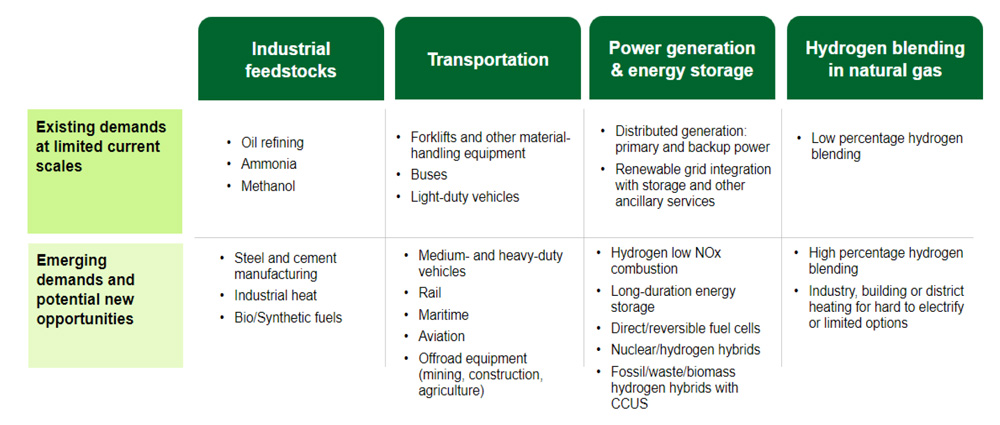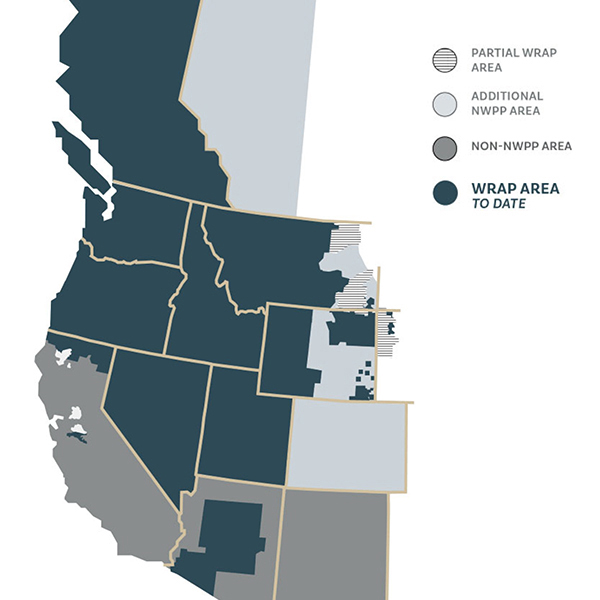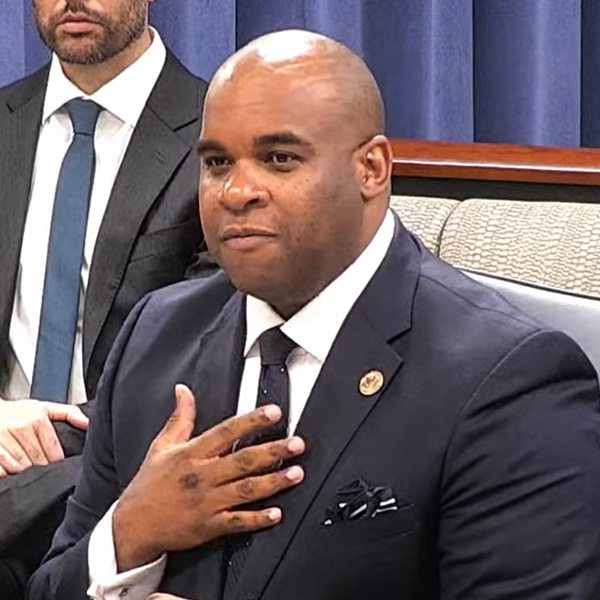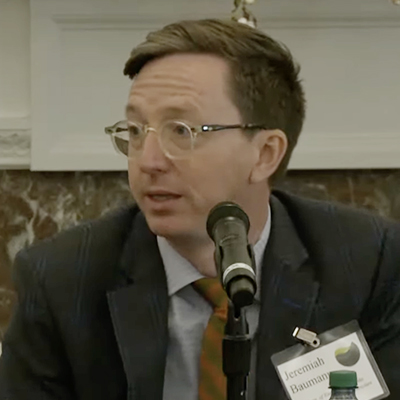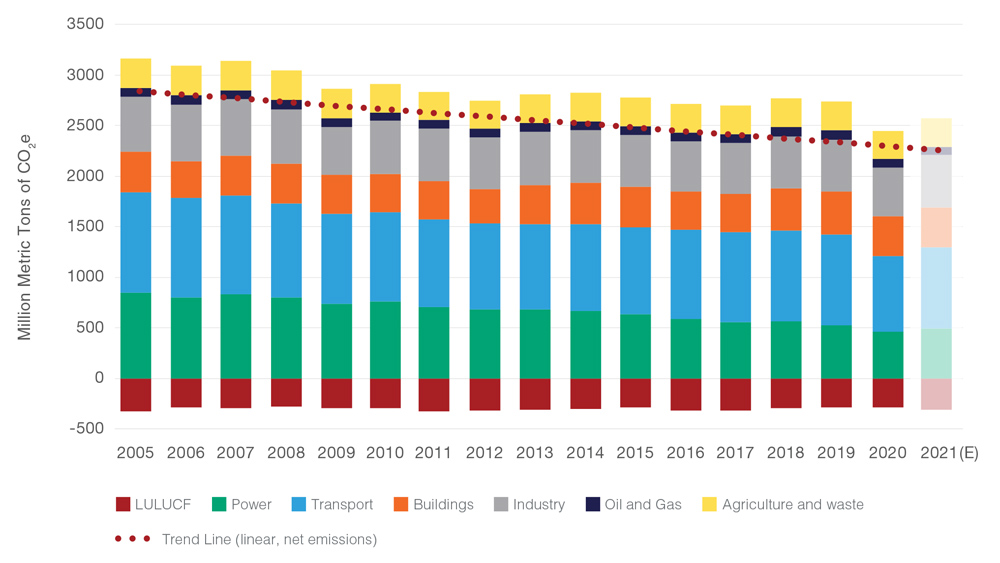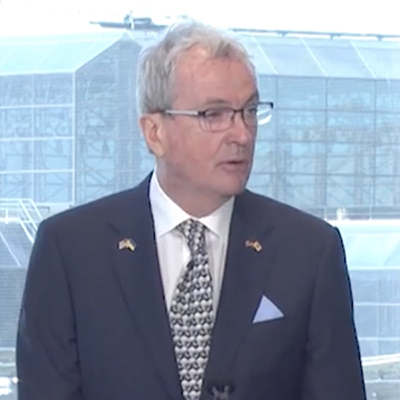ARLINGTON, Va. — Sunline Transit in Southern California’s Coachella Valley — home to Palm Springs and the Coachella music festival — got its first hydrogen fuel cell bus in 2006.
Today, the regional transit agency runs 21 hydrogen buses and recently received funding for 10 more, according to Lauren Skiver, CEO and general manager.
The agency also has several battery electric vehicles and plans to add more, but Skiver said as the 82-bus fleet transitions from compressed natural gas, most of its buses will run on hydrogen, produced by the agency’s own electrolyzer.
“It doesn’t make sense to go all battery electric,” Skiver told a packed hall at Infocast’s Hydrogen Hubs Summit last week.
“We get about 150 miles per charge on our battery electric buses; we get 350 miles on a full fill of hydrogen,” she said, noting that a growing number of transit agencies in California “have put the flag down for hydrogen.”
The California Fuel Cell Partnership reports 66 fuel cell buses currently on the road in the state, with more than 100 in the pipeline. The state also has 54 hydrogen fueling stations.
Skiver was one of six speakers on a panel on the potential market for green hydrogen in long-haul transportation, and the opportunities and challenges of competing with the fast-growing market for electric vehicles. Transportation is one of the applications for green hydrogen that the U.S. Department of Energy has specified for the demonstration hydrogen hubs to be funded with $8 billion from the Infrastructure Investment and Jobs Act (IIJA).
The market could also benefit from the $3/kg production tax credit for green hydrogen contained in the Inflation Reduction Act (IRA). (See Summit Attendees Hail IRA’s Hydrogen Tax Credit as ‘Game Changer.’)
James Kast, hydrogen infrastructure manager for Toyota Motors North America, reeled off a list of clean hydrogen’s selling points, from better air quality for rural and remote communities that experience high levels of pollution from diesel trucks to the ease and flexibility of switching to hydrogen.
Toyota’s hydrogen fuel-cell sedan, the Mirai, has been available in the U.S. since 2020 but has had only minimal sales ― 499 in 2020 and 2,629 in 2021, according to figures from CarFigures.com. The company’s fuel cell drive train is also being used in Class 8 trucks ― 18-wheel semis ― at the ports of Los Angeles and Long Beach.
“You can produce hydrogen from so many different methods; you can even move it around with a lot of different methods,” Kast said. “So now you have this very fuel-flexible energy carrier that you can still put in an existing truck stop and have a similar fuel dispenser and still fuel a bunch of trucks back-to-back 10 to 20 minutes at a time.
“That really resonates with people who say, ‘Well, what’s our other solution?’ Make a massive battery charging farm for all of your trucks,” he said.
But Kast said the $8 billion in hub funding from the IIJA “doesn’t solve all our problems. It’s a start, but really these aren’t [an] enabler for all the other investment to achieve all the things we’re talking about” at the conference.
Still, developing the hubs could allow the industry “to get some synergies to enable cost reduction because there are a lot of vehicles, like trucks and other things, that take a lot of [hydrogen] demand,” he said.
Echoing Kast, Shawn Yadon, president of commercial markets at Hyzon Motors, also stressed the parallels between traditional fossil-fueled trucks and hydrogen as a key issue for market development. Based in Rochester, Hyzon is selling hydrogen fuel cell semis, commercial coaches and garbage trucks in the U.S. and global markets.
“You’re going to have fleets who are saying, ‘Look, I need [fueling] behind the fence — on site,” Yadon said. “Every element and every touchpoint that fleets are used to today with their traditional fueling are going to be asks and requirements down the road. Starting from the hydrogen hub and production all the way through distribution, down to the actual user, all of those elements, all of those touch points are going to have to be covered, and different costs, obviously go with those different methods.”
‘Laser-focused’ on California
Nikola Corp. already has its electric semi, the Tre BEV, on the road, helped by incentives such as California’s Hybrid and Zero-Emission Truck and Bus Voucher Incentive Project (HVIP), according to Erik Mason, the company’s global head of energy supply and trading.
Nikola’s hydrogen fuel cell semi is due out in 2024, and the company will again be “laser-focused” on the California market, Mason said. He was, however, more cautious in looking at the impact of the IRA’s $3/kg production tax credit and the DOE’s Hydrogen Earthshot, which is targeting a $1/kg price for green hydrogen over the next decade. “What does the $1/kg mean? What point of the value chain is that?” he said. “Is that $1/kg dispensed into a truck? That’s very different than $1/kg produced at the [hub]. … You produce hydrogen at ambient temperature at the hub; now you’ve got to compress it or liquefy it to get it into a station. You’ve got to transport it; you’ve got to build the station. There’s cost of capital.”
The price of green hydrogen produced by electrolysis has recently soared, with industry analysts citing prices between $10 and more than $16/kg.
Siting clean hydrogen fueling stations could also run into the same roadblocks as EV chargers ― the lack of critical infrastructure, Mason said.
“Five years ago, when we started envisioning how we would solve this, we were going to build 700 stations across the U.S., all with on-site electrolysis,” he said. “But when you get down to reality, most locations where you want those stations don’t have the electrical infrastructure, and you’re going have to pay transportation [and] distribution costs and all these things that just make the electricity costs way too much.”
The company is now planning for a “hub and spoke” model for its hydrogen charging stations, he said, with hubs located at sites with the necessary existing infrastructure, he said.
Unified Voice
Regulation remains another, significant roadblock as state regulators and policy makers lag the speed of technology adoption.
“The standards organizations are not keeping up,” said Rich Mihelic, director of emerging technologies for the North American Council for Freight Efficiency (NACFE), “So there is a lot of learning for this industry to get through. A lot of operational issues are out there.”
A key example, he said, are state regulations that prohibit trucks carrying hydrogen as a commercial product to go through some tunnels. Maryland does not allow trucks carrying hydrogen in its long harbor tunnels.
New Jersey also bans self-service gas stations, and Oregon still limits self-service to standalone gas stations in counties with fewer than 40,000 residents.
“Is that going to apply to hydrogen?” Mihelic said. “You have union contracts where the phrase ‘hydrogen fueling’ has never been used.”
Yadon said the industry is going to have to take on the education of state and local officials.
“It’s about refreshing some of these statutes or regulations that just really didn’t foresee hydrogen to be a player,” he said. “We just have to get people … to understand why these things need to be refreshed and what makes sense and what doesn’t make sense. But all of these barriers need to be tackled one by one … and that’s going to take coalition efforts.”
Skiver also called for the industry to speak with a more unified voice. “We have to stop arguing with ourselves about what the benefits [of hydrogen] are,” she said. “If you look at electrification [advocates], they’re not arguing with themselves about cost, about applications, about manufacture. They are just on [Capitol Hill], in the offices, talking about the benefits of electrification.
“We’re still arguing about pathways to cost parity. We still talk about that more than anything else,” Skiver said. “We really have to start getting a unified voice out there with our elected officials.”
